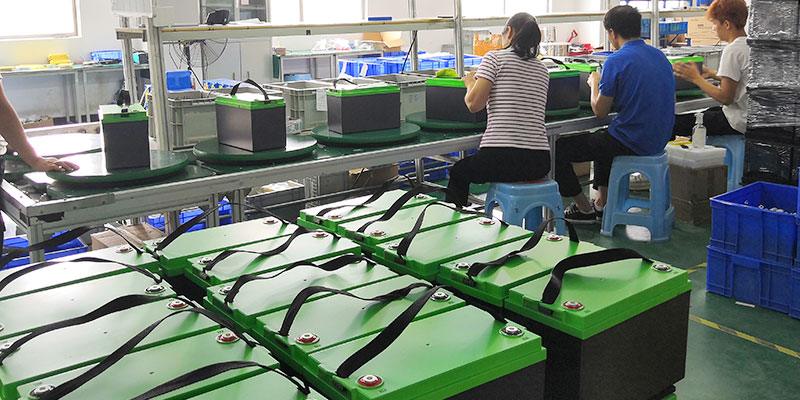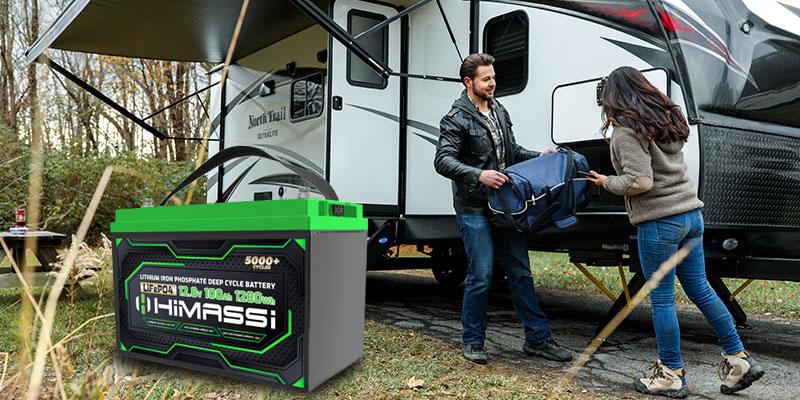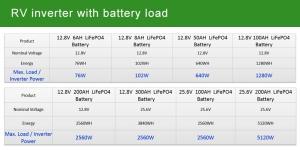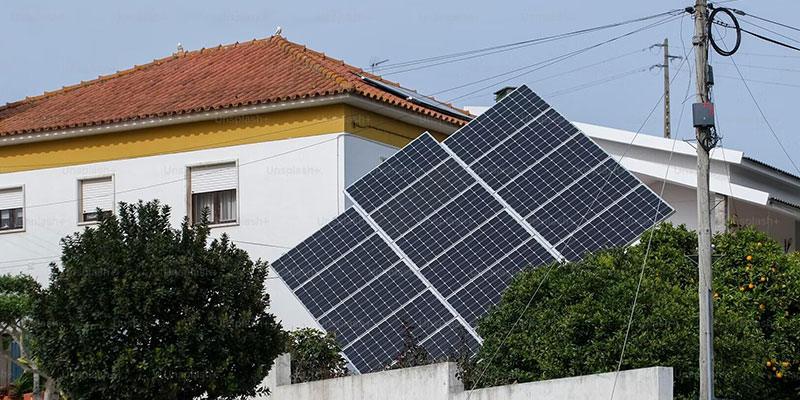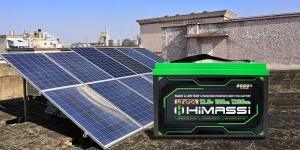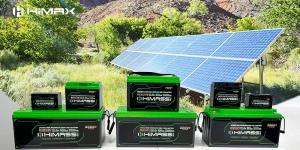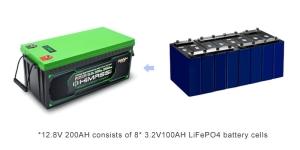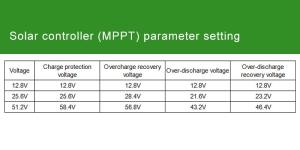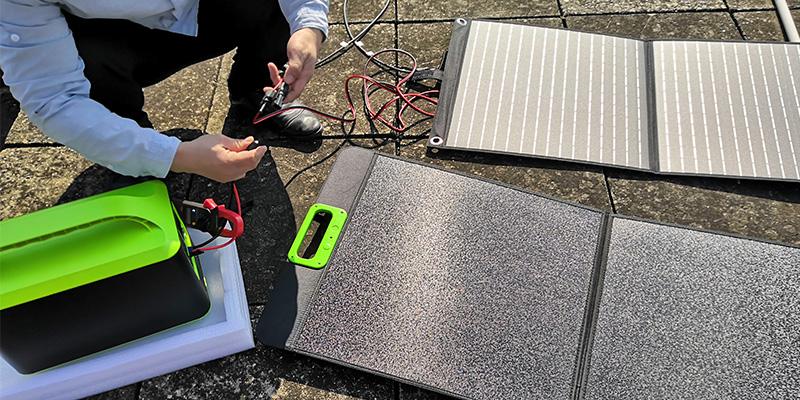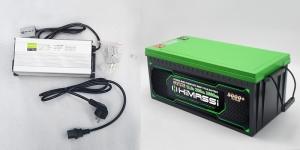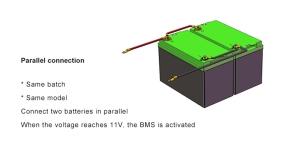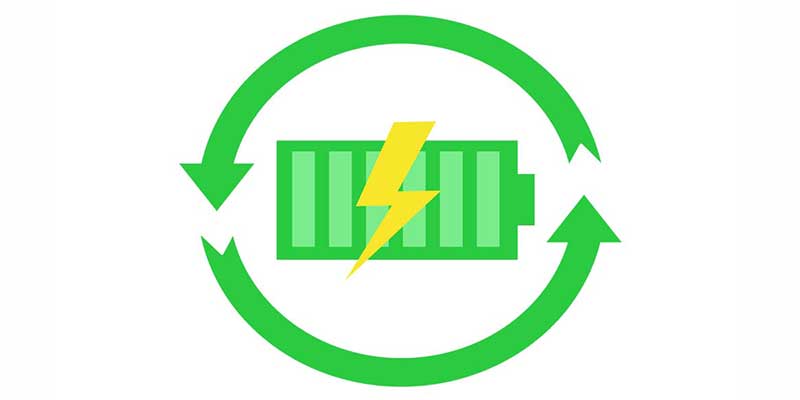Introduction
In regions where temperatures frequently drop below freezing, conventional batteries face significant performance and efficiency issues due to slower chemical reactions at lower temperatures. This can dramatically impact the reliability and functionality of devices and vehicles that depend on battery power. Himax Electronics has innovatively addressed these challenges with the Low Temperature Heating Battery, designed to maintain optimal performance in cold climates. This article explores how this advanced technology works and highlights its applications across various industries, ensuring that critical systems remain operational regardless of the freezing conditions.
Overview of Low Temperature Heating Battery Technology
Traditional batteries, particularly lithium-ion types, tend to suffer reduced efficiency and potential damage when operated in cold weather. The chemical processes responsible for generating electrical power slow down significantly in cold temperatures, leading to decreased capacity and increased internal resistance. To combat these issues, the Himax Low Temperature Heating Battery incorporates an integrated heating system that activates when the temperature drops, thus maintaining the battery at a functional temperature. This technology not only preserves the battery’s lifespan but also ensures it delivers consistent power output when needed most. By integrating a self-regulating heating component within the battery, Himax has created a solution that extends the usability of battery-powered equipment in cold environments.
Detailed Working Principle
The inner workings of the Himax Low Temperature Heating Battery are centered around its innovative thermal management system. This system is designed to automatically activate and maintain the battery temperature within a range optimal for efficient operation:
- Temperature Sensitivity and Response: The battery is equipped with sensors that continuously monitor its temperature. When the ambient temperature falls below 0 degrees Celsius, the sensors trigger the battery’s internal heating elements. This proactive approach ensures that the battery temperature quickly reaches and maintains a state conducive to optimal chemical activity.
- Controlled Heating Mechanism: The heating system within the battery is finely calibrated to provide just enough energy to elevate the battery’s temperature without wasting power. This system ensures that the battery remains above the critical temperature threshold, thus preventing the typical power drop seen in standard batteries under similar conditions.
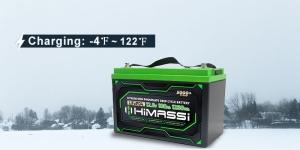
Heating and Charging Process
The operational efficiency of the Himax Low Temperature Heating Battery is most evident in its sophisticated approach to managing heating and charging cycles, particularly under cold conditions. This section explains the dual functionality of the heating film and the smart energy management involved:
- Integrated Heating Film: Central to the battery’s ability to perform in cold conditions is its heating film, which is specifically designed to operate efficiently at low temperatures. When the temperature sensor detects temperatures below 0 degrees Celsius, the battery management system (BMS) activates the heating film. The heating film then draws power directly from the charger, bypassing the battery cells to avoid depleting their charge during the heating process.
- Energy Distribution and Management: The heating film is calibrated to use a precise amount of power, such as 50W at 12.8 volts, translating to about 3.9 amperes. If the charger provides more current than necessary for the heating film, the excess current is not wasted. Instead, it is absorbed by a specially designed circuit within the battery management system, ensuring that no additional load is placed on the battery cells during the heating phase. This feature is crucial for maintaining the battery’s efficiency and longevity by ensuring it only charges when optimal temperature conditions are met.
- Smart Charging Post-Heating: Once the battery’s internal temperature reaches 10 degrees Celsius, the heating film automatically deactivates. The battery then waits until the temperature stabilizes at or above 11 degrees Celsius before beginning to charge the battery cells. This staged approach ensures that charging does not commence until the battery can safely and efficiently accept the charge, maximizing the battery’s performance and extending its lifespan.
This precise control of heating and charging not only enhances the battery’s efficiency but also significantly improves its operational reliability in cold climates. By ensuring that the battery is only charged when conditions are ideal, Himax Electronics helps prevent common issues associated with charging batteries in low temperatures, such as reduced capacity and increased wear.
Performance Features and Application Scenarios
The Himax Low Temperature Heating Battery is designed not only to withstand harsh conditions but also to deliver exceptional performance when traditional batteries might fail. This section explores the key performance attributes and the real-world applications where these features are particularly advantageous:
- Quick Heating Time: One of the standout features of the Himax battery is its ability to rapidly heat up to an optimal operating temperature. This quick heating capability is essential for applications where immediate power availability is crucial, such as emergency response vehicles and outdoor equipment used in cold climates.
- Broad Operating Temperature Range: The battery is engineered to perform reliably in a wide range of temperatures, from as low as -40 degrees Celsius up to 50 degrees Celsius. This broad operating range makes it ideal for use in geographically diverse regions that experience extreme weather conditions.
- Energy Efficiency: Despite its heating function, the battery is designed to maximize energy efficiency. The smart management system ensures that only the necessary amount of energy is used for heating, thereby conserving power for when it is most needed. This efficiency is critical for applications where energy resources are limited, such as in remote locations or during extended field operations.
Application Scenarios
The versatility of the Himax Low Temperature Heating Battery allows it to be effectively used in various sectors:
- Automotive Industry: In electric vehicles, particularly those operated in cold regions, maintaining battery temperature is vital for performance and range. The Himax battery ensures that vehicles can start and operate efficiently even on the coldest days, thus alleviating range anxiety associated with electric vehicles in winter conditions.
- Aerospace and Aviation: Aircraft and drones operating in high-altitude or polar regions benefit significantly from batteries that can withstand and perform in extreme cold. The Himax battery provides reliable power for critical navigation and communication systems without the risk of power loss due to low temperatures.
- Outdoor Recreational Equipment: For adventurers and professionals working in the outdoors, reliable equipment is a must. Whether it’s for powering scientific instruments in polar research or providing energy for mountaineering gear, the Himax battery ensures that the necessary equipment remains operational regardless of the external temperatures.
- Military Applications: The military often operates in diverse environments where reliability under all weather conditions is non-negotiable. Himax batteries can power critical equipment in cold climates, ensuring that operations can proceed without interruption due to battery performance issues.

Technical Advantages and Market Competitiveness
The Himax Low Temperature Heating Battery offers several technical advantages that set it apart from traditional battery technologies, particularly in terms of its ability to operate effectively in extreme temperatures:
- Superior Cold Weather Performance: Traditional batteries often fail or degrade quickly under cold conditions. The Himax battery, with its built-in heating system, ensures consistent performance by maintaining the battery at an optimal temperature. This technology prevents the common cold-weather issues such as decreased capacity and slow reaction rates, which can severely impact battery efficiency and longevity.
- Innovative Heating Solution: The integrated heating system is a significant innovation, providing an auto-regulated heating mechanism that activates and deactivates based on the battery’s internal temperature. This feature is not only practical but also energy-efficient, ensuring that the battery uses only the necessary amount of energy to maintain operation, thus saving power for when it is most needed.
- Enhanced Durability and Reliability: By preventing the battery from operating in sub-optimal conditions, the heating system reduces the stress and strain on the battery cells typically caused by extreme temperatures. This not only extends the battery’s life but also enhances its reliability, which is crucial for safety-critical applications such as medical devices and emergency response systems.
Market Competitiveness
When compared to other batteries on the market, the Himax Low Temperature Heating Battery holds several competitive edges:
- Broader Range of Applications: Its ability to function effectively in a wide range of temperatures allows it to be used in more varied applications than standard batteries. From consumer electronics to industrial and military applications, the flexibility of the Himax battery expands its market potential.
- Cost-Effectiveness Over Time: While the initial cost might be higher than traditional batteries, the extended lifespan and reduced maintenance needs of the Himax battery provide long-term savings. Additionally, the decrease in energy waste due to its efficient heating system can further justify the initial investment.
- Unique Selling Proposition: The specific feature set, including the automated thermal management system, offers a unique selling proposition in markets where reliability under adverse conditions is a valued commodity. This allows Himax to target niche markets effectively, including regions with extreme climatic conditions and industries where environmental resilience is crucial.
Customer Case Studies and Feedback
Understanding how the Himax Low Temperature Heating Battery performs in practical scenarios provides valuable insights into its functionality and benefits. Here are a few case studies that demonstrate the battery’s reliability and efficiency in diverse settings:
- Case Study 1: Emergency Medical Services in Northern Europe
- Scenario: Emergency medical vehicles in Northern Europe often operate in extremely cold environments, where conventional batteries struggle to maintain performance.
- Solution: The vehicles were equipped with the Himax Low Temperature Heating Batteries to ensure that critical medical devices and vehicle operations could function reliably in temperatures as low as -30°C.
- Outcome: The batteries provided consistent power to medical equipment and vehicle systems, significantly reducing battery-related failures and maintenance calls. Feedback from the emergency services highlighted the battery’s robust performance and reliability, which are critical in life-saving situations.
- Case Study 2: Remote Environmental Monitoring Stations in Antarctica
- Scenario: Environmental monitoring stations in Antarctica require uninterrupted power to operate sensors and data transmission equipment in one of the coldest climates on earth.
- Solution: Himax batteries were deployed to power these stations, taking advantage of the battery’s capacity to function effectively in extreme cold without requiring frequent maintenance.
- Outcome: The stations operated continuously throughout the Antarctic winter, providing valuable climate data without any power interruptions. Operators noted the minimal energy loss and efficient heating mechanism as key factors in the battery’s superior performance.
- Case Study 3: Consumer Electric Vehicles in Canada
- Scenario: Electric vehicle (EV) owners in Canada faced reduced battery range and reliability issues during the winter months.
- Solution: EVs equipped with Himax Low Temperature Heating Batteries were tested to assess performance improvements in cold weather conditions.
- Outcome: EV owners reported significant improvements in battery range and reliability, with the heating function maintaining optimal battery temperature and thus preserving the battery’s range and lifespan. The feedback emphasized increased user confidence in EV technology for cold climates.
Feedback Analysis
The positive feedback from these diverse applications underlines the Himax battery’s adaptability and efficiency. Users across different sectors have appreciated the battery’s ability to maintain consistent performance in cold temperatures, highlighting features such as:
- Reliability: The battery’s reliable performance under extreme conditions is frequently noted, reducing operational disruptions and maintenance costs.
- Efficiency: Users report that the battery’s energy-efficient heating mechanism minimizes power waste, which is particularly important in energy-sensitive environments.
- Longevity: The enhanced battery life, as a result of reduced stress from operating in cold temperatures, is a critical factor for users looking for long-term solutions.
Conclusion
The Himax Low Temperature Heating Battery(LIFEPO4 BATTERY) represents a significant technological advancement in battery solutions, especially designed to address the challenges posed by cold climates. Through innovative design and smart thermal management, this battery ensures reliable and efficient operation under conditions that would impair traditional batteries. Key takeaways from the exploration of this technology include:
- Reliability in Extreme Conditions: The Himax battery reliably operates in temperatures as low as -40 degrees Celsius, making it an essential component for applications in harsh environments.
- Efficient Thermal Management: The integrated heating system automatically activates and deactivates based on the battery’s internal temperature, optimizing energy use and preserving the battery’s charge for when it is most needed.
- Broad Application Spectrum: From emergency services and environmental monitoring to consumer electric vehicles, the Himax battery has proven its versatility and effectiveness across a diverse range of industries and uses.
- Market-Leading Innovation: Himax continues to lead the market in developing battery technologies that not only meet current energy demands but also anticipate future needs, ensuring sustainability and efficiency.
The feedback from users across various sectors underscores the transformative impact of the Himax battery, highlighting its role in enhancing the reliability and functionality of critical systems worldwide.
About Himax Electronics
Himax Electronics, a pioneer in the field of advanced energy solutions, remains committed to innovation and excellence. With a focus on developing technologies that address real-world challenges, Himax is dedicated to providing solutions that are not only technologically advanced but also environmentally sustainable and highly efficient.
- Leadership in Innovation: Himax Electronics continues to push the boundaries of what’s possible in battery technology, with a strong emphasis on R&D and customer-focused innovations.
- Commitment to Quality and Sustainability: Through rigorous testing and careful selection of materials, Himax ensures that all products meet the highest standards of quality and environmental stewardship.
- Global Impact: With products used in a variety of industries around the world, Himax is not just a company that sells batteries—it is a partner in powering the future of energy.
In conclusion, the Himax Low Temperature Heating Battery is more than just a product; it is a testament to Himax Electronics’ enduring commitment to solving some of the most pressing challenges in energy management. As the world increasingly looks towards solutions that offer reliability under extreme conditions, Himax stands ready to deliver with cutting-edge technology and expert craftsmanship.

